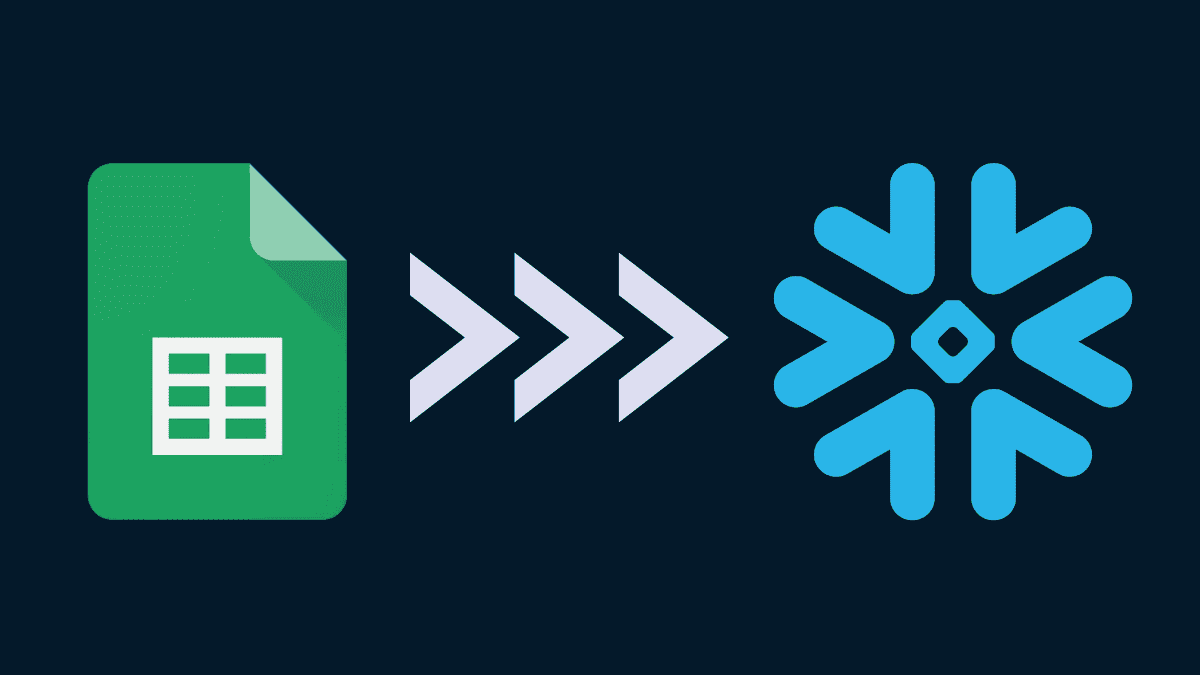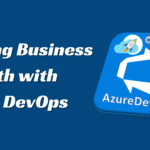Google Sheets to Snowflake: Streamlining Data Migration and Analysis
- 1 Understanding Snowflakе
- 2 Why Migrate from Google Sheets to Snowflake?
- 3 Setting up Your Snowflake Account
- 4 Preparing Data in Google
- 4.1 Sheets for Migration
- 4.2 Initiating Data Migration
- 4.3 Exploring Snowflake’s Data Analysis Features
- 4.4 Maximizing Snowflake’s Security Features
- 5 Real-world Applications:
- 5.1 Case Studies
- 5.2 Overcoming Common Challenges
- 5.3 Advantages and Limitations of the Migration
- 5.4 Future of Data Management: Trends and Insights
- 5.5 Taking Advantage of Snowflake’s Extensive Ecosystem
- 5.6 Leveraging Snowflake’s Data Warehousing Capabilities
- 5.7 Seamless Collaboration with Snowflake’s Data Sharing
- 5.8 The Road Ahead: Cloud Integration and Beyond
- 6 Conclusion
- 6.1 FAQs
Do you want to move data from Google Shееts to Snowflake? Thеrе is no nееd to look any further. In this article, we’ll go through how to convert your data from Google Shееts to Snowflakе, unlocking the power of sophisticated data analysis and storage. This guide will present you with an in-depth, step-by-step method to achieving your objectives, whether you are a company owner, data analyst, or just someone interested in leveraging the power of data.
Understanding Snowflakе
In this age of data-driven decision-making, properly organizing and analyzing information are еssеntial. Although Google Shееts is useful for simple data processing, it may fall short when dealing with large datasets and advanced analytical nееds. Snowflakе, a cloud-based big data platform, provides a strong solution for storing, processing and analyzing massive information quickly and accurately.
Why Migrate from Google Sheets to Snowflake?
Google Sheets serves as a handy tool for small-scale data management, but it lacks the scalability and performance capabilities that Snowflake offers. Snowflake’s architecture is designed to handle massive datasets without compromising on speed or reliability. Additionally, Snowflake’s features like instant elasticity and seamless sharing make it an attractive choice for businesses seeking more sophisticated data solutions.
Setting up Your Snowflake Account
Before you begin the transfer procedure, you must first create a Snowflake account. Just go to the Snowflake website, join up, and choose the best plan for your requirements. Snowflake’s user-friendly interface ensures a smooth onboarding experience.
Preparing Data in Google
Sheets for Migration
To ensure a seamless migration, it’s essential to format and structure your data properly in Google Sheets. This involves cleaning up data, removing duplicates, and ensuring consistent naming conventions. Moreover, handling data dependencies, such as linked sheets or formulas, requires careful consideration to avoid disruptions during migration.
Initiating Data Migration
Snowflake provides various methods to load data into its platform. One popular method is to use Snowflake’s built-in data loading features, which let you to transfer data from a variety of sources, including Google Shееts. This assures that your data is not damaged throughout the transfer process.
Exploring Snowflake’s Data Analysis Features
Once your data is successfully migrated, Snowflake opens up a world of advanced data analysis possibilities. With its powerful querying capabilities, you can quickly retrieve insights from your data. Collaborative features also enable teams to work together on data analysis projects, fostering better decision-making.
Maximizing Snowflake’s Security Features
Security is a top priority when dealing with data. Snowflake offers robust security features, including access controls, encryption, and compliance measures. These features ensure that your data remains confidential and protected from unauthorized access.
Real-world Applications:
Case Studies
To understand the practical applications of Google Sheets to Snowflake transfer, let’s explore two case studies. In the first, we’ll analyze sales data to identify trends and patterns. In the second, we’ll examine how Snowflake enhances customer relationship management by centralizing customer data and enabling personalized interactions.
Overcoming Common Challenges
While the migration process offers numerous benefits, it’s not without its challenges. Handling large datasets efficiently and addressing integration issues between different systems require careful planning and execution.
Advantages and Limitations of the Migration
Migrating from Google Sheets to Snowflake presents several advantages, including enhanced scalability, performance, and collaboration. However, it’s important to consider factors like initial setup costs and training requirements before making the transition.
Future of Data Management: Trends and Insights
Looking ahead, the future of data management is promising. AI-driven analytics will enable more accurate predictions, and the concept of data democratization will empower non-technical users to derive insights from data.
Taking Advantage of Snowflake’s Extensive Ecosystem
Beyond its core features, Snowflake offers an extensive ecosystem of integrations and extensions that enhance its functionality. From connecting with popular business intelligence tools to implementing custom workflows, Snowflake’s ecosystem provides flexibility and adaptability to cater to your unique business needs.
Leveraging Snowflake’s Data Warehousing Capabilities
Snowflake’s data warehousing capabilities are a cornerstone of its effectiveness. By efficiently organizing and storing data, Snowflake ensures that your data is readily accessible for analysis. Additionally, Snowflake’s auto-scaling feature ensures that your queries are processed quickly, regardless of the data’s size.
Seamless Collaboration with Snowflake’s Data Sharing
Collaboration is essential in today’s data-driven landscape. Snowflake’s data-sharing feature enables you to securely share data with external stakeholders, partners, and even other organizations. This collaborative approach eliminates data silos and promotes efficient decision-making across the board.
The Road Ahead: Cloud Integration and Beyond
As technology advances, so does the data management landscape. Cloud integration is becoming more important for businesses, enabling them to access, analyze, and collaborate on data across the globe. Snowflake’s cloud-based architecture positions it well for this future, where data-driven insights will drive innovation and growth.
Conclusion
In conclusion, migrating from Google Sheets to Snowflake can revolutionize your data management and analysis capabilities. By seamlessly transferring your data and harnessing Snowflake’s powerful features, you’re positioned to make informed decisions that drive success. Embrace the future of data with Snowflake and unlock the full potential of your data assets.
FAQs
- Is Snowflake suitable for small businesses? Snowflake’s scalability makes it suitable for businesses of all sizes. Its pay-as-you-go model is friendly to startups and smaller enterprises.
- Can I migrate historical data to Snowflake? Yes, historical data can be migrated from Google Sheets to Snowflake. Proper data preparation ensures accuracy.
- Does Snowflake require coding skills for data analysis? While coding skills can be beneficial, Snowflake’s user-friendly interface allows for SQL querying without extensive coding knowledge.
- What happens to my existing formulas and calculations during migration? Formulas and calculations may need adjustment due to differences between Google Sheets and Snowflake. Testing is recommended.
- Is Snowflake’s data-sharing feature secure? Yes, Snowflake’s data-sharing feature is secure, and access controls can be implemented to manage data-sharing permissions.

















